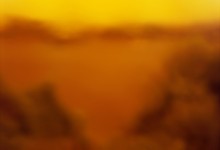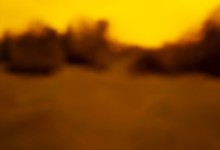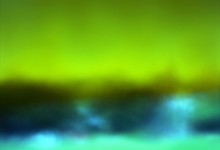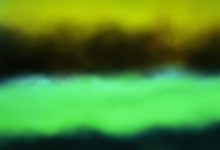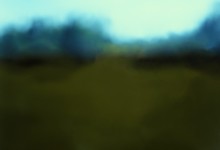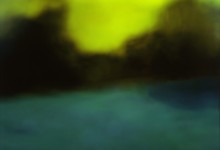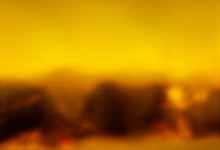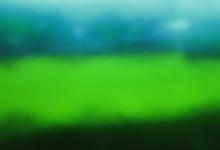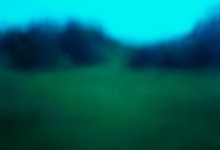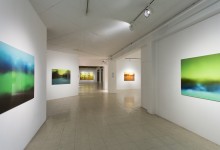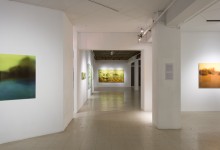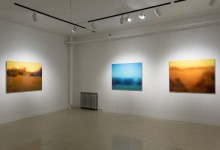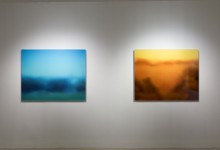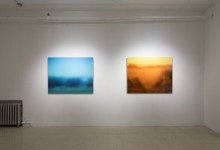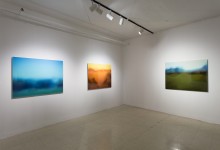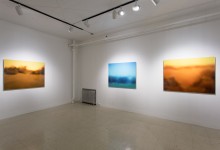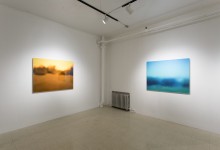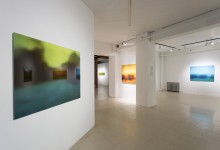Opening reception: Saturday, September 8, 2018 from 3-5 p.m.
Henri Venne: Episodic
Art Mûr, Montreal, QC
Text by Marsha Taichman
In the digital age, we collectively photograph everything all of the time. But how much does anyone remember from a scene or a moment when looking at a digital photo? Someone could go on a trip and take hundreds of photographs, but will they remember the name of a certain building that they photographed or even where it is? That said, this same person could think back to the smell of the air near that building, and recall what they were doing or how they were feeling.Vision is not necessarily the best sense with which to capture experience. Sometimes a different sense, like smell or sound, makes for better recall of a situation, a place, or a state.
This notion of episodic memory, maintaining autobiographical events through an imprecise aggregation of past moments or experiences, plays a significant role in Henri Venne’s work. He makes imageless images that represent both remembering and forgetting, as well as the discordance between what actually happens and how a memory is preserved.
Venne ventures into nature and takes pictures. He photographs rural environments with his analog, medium-format camera using filters to create bright, moody, atmospheric effects. The landscape is reduced to form in the camera rather than through any digital editing. Venne’s perceptions of nature are translated through the medium of photography, and he then negates the conventions of the medium by abstracting the physical to a great extent, making the photograph a painterly experience, and the contents of what is being photographed become illegible.
His images have a lot in common with color field paintings. They are layers of translucent pigment and light superimposed in order to render each work, and are deconstructions of 3-dimensional landscapes. Additionally, they capture some of the awe and reverence for the land seen in Romanticism, evoking feelings of longing, nostalgia and contemplation.
The images themselves are extremely large and shiny. What’s hung across from any photograph in the gallery is reflected in the work, adding an element of chance with gallery visitors passing combined with Venne or the gallery’s premeditation of how the images are installed. They are impressionistic and changeable, and what is seen depends on where you stand.
Venne believes that once a viewer identifies what an object or thing is in a photograph then they are quick to lose interest in the work. This is why he avoids picturing urban landscapes, where there are too many recognizable features, such as buildings and landmarks, that can identify a particular place. It is difficult to discern the physical contents of his images, and impossible to identify what constitutes the horizon line, the background, the foreground and all of the component parts of the photograph. These are whispers of landscapes, suggestions of places that may have existed and feelings that may have been felt.


